Home>Furniture & Design>Bathroom Accessories>Where Should An Exhaust Fan Be Located In The Bathroom
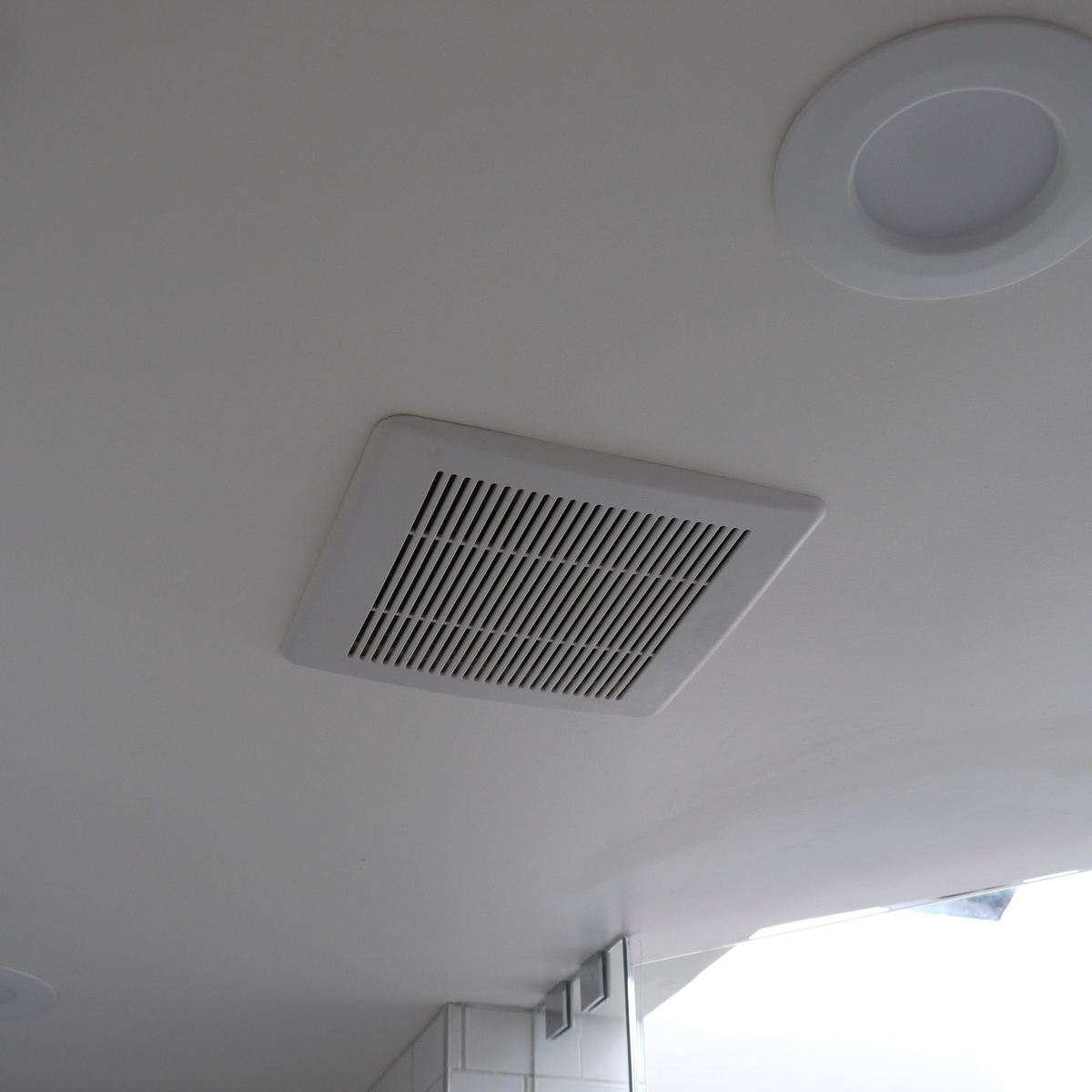

Bathroom Accessories
Where Should An Exhaust Fan Be Located In The Bathroom
Modified: March 25, 2024
Ensure proper ventilation in your bathroom with strategically located exhaust fans. Find out the best placement for bathroom accessories and improve air quality.
(Many of the links in this article redirect to a specific reviewed product. Your purchase of these products through affiliate links helps to generate commission for Storables.com, at no extra cost. Learn more)
Introduction
The bathroom is a sanctuary for relaxation and rejuvenation, a space where we cleanse our bodies and minds. However, it's also a place where moisture and odors can accumulate, leading to potential issues such as mold, mildew, and unpleasant smells. This is where the exhaust fan comes into play as a crucial component of a well-maintained bathroom.
Proper ventilation is essential for maintaining a healthy and comfortable bathroom environment. An exhaust fan effectively removes excess moisture, odors, and airborne impurities, promoting better air quality and preventing potential damage to the bathroom surfaces. However, the effectiveness of an exhaust fan greatly depends on its location within the bathroom.
In this article, we will delve into the significance of choosing the right location for an exhaust fan in the bathroom. By understanding the common locations for exhaust fans, the best placement options, and the factors to consider when making this decision, you will be equipped with the knowledge to optimize your bathroom's ventilation system. Let's explore the world of bathroom exhaust fans and discover the best practices for ensuring a fresh, clean, and inviting bathroom space.
Key Takeaways:
- Proper exhaust fan location is crucial for a healthy bathroom. Placing it near moisture sources, ensuring unobstructed airflow, and considering natural airflow patterns are key for effective ventilation and moisture control.
- Common locations for exhaust fans include ceiling-mounted, wall-mounted, inline, and combination fan/light units. Each has unique advantages, and the best location depends on the specific layout and requirements of the bathroom.
Read more: What Is An Exhaust Fan
Importance of Proper Exhaust Fan Location
The proper location of an exhaust fan in the bathroom is paramount for maintaining a healthy and functional space. A well-placed exhaust fan effectively removes excess moisture, odors, and impurities from the air, preventing the accumulation of mold, mildew, and unpleasant smells. This not only contributes to a more pleasant bathroom experience but also helps to preserve the integrity of the bathroom surfaces and fixtures.
When an exhaust fan is located in an optimal position, it can efficiently draw out steam from hot showers, reducing the risk of moisture-related issues such as peeling paint, warped cabinetry, and deteriorating grout. Additionally, it aids in preventing the growth of mold and mildew, which thrive in damp environments and can pose health risks to occupants.
Proper ventilation is also crucial for eliminating odors, ensuring that the bathroom remains fresh and inviting. By expelling unpleasant smells, the exhaust fan contributes to a more comfortable and hygienic environment. Furthermore, it helps to remove airborne impurities, such as volatile organic compounds (VOCs) from cleaning products, contributing to better indoor air quality.
Inadequate ventilation can lead to a host of problems, including the deterioration of bathroom surfaces, persistent odors, and potential health hazards. Therefore, the importance of selecting the right location for the exhaust fan cannot be overstated. By strategically placing the exhaust fan, you can effectively mitigate these issues and maintain a clean, healthy, and functional bathroom space.
In the following sections, we will explore the common locations for exhaust fans in the bathroom and identify the best placement options, providing valuable insights into optimizing the ventilation system for your bathroom.
Common Locations for Exhaust Fans in the Bathroom
When it comes to installing an exhaust fan in the bathroom, several common locations are often considered to ensure effective ventilation. Understanding these typical placement options can help homeowners make informed decisions when optimizing their bathroom's ventilation system.
-
Ceiling-Mounted Exhaust Fans:
Ceiling-mounted exhaust fans are a popular choice for many bathrooms. Positioned in the center of the ceiling, these fans efficiently draw moisture and odors upward and out of the room. This placement allows for effective air circulation, ensuring that steam and impurities are promptly expelled from the space. Ceiling-mounted exhaust fans are particularly suitable for bathrooms with ample ceiling space and can be an excellent option for larger bathrooms. -
Wall-Mounted Exhaust Fans:
Wall-mounted exhaust fans are installed directly on the bathroom wall, typically near the shower or bathtub. This placement is advantageous for bathrooms with limited ceiling space or where a ceiling-mounted fan may not be feasible. Wall-mounted exhaust fans effectively draw out moisture and odors, providing targeted ventilation in specific areas of the bathroom. Additionally, these fans can be strategically positioned to optimize airflow and ensure efficient extraction of steam and impurities. -
Inline Exhaust Fans:
In some cases, homeowners opt for inline exhaust fans, which are installed in the ductwork rather than directly in the bathroom space. These fans are positioned in the attic or ceiling, connected to the bathroom via ducts. Inline exhaust fans offer the advantage of reduced noise within the bathroom, as the fan unit is located away from the primary living space. This placement also allows for more flexibility in choosing the optimal location for expelling air, contributing to efficient ventilation throughout the bathroom. -
Combination Fan/Light Units:
Combination fan/light units are another common option for bathroom ventilation. These units are often installed in the ceiling and serve a dual purpose, providing both lighting and ventilation. By integrating a fan within the light fixture, this placement optimizes space utilization while ensuring effective moisture and odor removal. Combination fan/light units are particularly suitable for bathrooms where space is a consideration, offering a convenient and space-efficient solution for ventilation needs.
Understanding the common locations for exhaust fans in the bathroom provides valuable insights into the various placement options available to homeowners. Each placement has its unique advantages, and the choice of location should be based on the specific layout and requirements of the bathroom. In the next section, we will explore the best location for an exhaust fan in the bathroom, considering factors that contribute to optimal ventilation and air quality.
An exhaust fan should be located near the shower or bathtub in the bathroom to effectively remove moisture and prevent mold and mildew. Placing it in the center of the room or near the toilet may not be as effective.
Best Location for an Exhaust Fan in the Bathroom
The best location for an exhaust fan in the bathroom is a critical consideration for optimizing ventilation and ensuring effective moisture and odor removal. While the specific layout and design of each bathroom may influence the ideal placement, there are key factors to consider when determining the best location for the exhaust fan.
-
Proximity to Moisture Sources:
Placing the exhaust fan in close proximity to moisture sources, such as the shower or bathtub, is essential for efficient ventilation. By positioning the fan near these areas, it can promptly draw out steam and moisture, preventing the accumulation of excess humidity that can lead to mold, mildew, and structural damage. This strategic placement targets the primary sources of moisture, contributing to effective ventilation and moisture control. -
Centralized Positioning:
Optimal ventilation is achieved by positioning the exhaust fan centrally within the bathroom space. This placement facilitates even air circulation, ensuring that moisture and odors are effectively drawn out from all areas of the room. A centralized exhaust fan placement promotes balanced ventilation, preventing stagnant air pockets and promoting consistent air quality throughout the bathroom. -
Consideration of Airflow Patterns:
Understanding the natural airflow patterns within the bathroom is crucial when determining the best location for the exhaust fan. By identifying areas where air tends to stagnate or where moisture accumulates, homeowners can strategically position the fan to optimize airflow and ventilation. This consideration allows for targeted placement that addresses specific airflow dynamics, maximizing the effectiveness of the exhaust fan. -
Adequate Distance from Obstructions:
When selecting the location for the exhaust fan, it is important to ensure that the chosen placement allows for unobstructed airflow. The fan should be positioned at an adequate distance from any obstructions, such as walls, partitions, or fixtures, to facilitate the efficient extraction of air. Clear, unobstructed airflow enables the exhaust fan to effectively remove moisture and odors, contributing to optimal ventilation within the bathroom. -
Compatibility with Ductwork:
The chosen location for the exhaust fan should be compatible with the existing ductwork or allow for the installation of appropriate ducts to expel the extracted air outdoors. Proper ductwork alignment ensures that the fan can efficiently expel moisture and impurities, preventing the accumulation of stale air within the bathroom. Compatibility with ductwork is a crucial consideration for maximizing the effectiveness of the exhaust fan.
By considering these factors, homeowners can identify the best location for the exhaust fan in their bathroom, ensuring optimal ventilation, moisture control, and air quality. The strategic placement of the exhaust fan contributes to a healthier, more comfortable bathroom environment, promoting the longevity of fixtures and surfaces while enhancing the overall well-being of occupants.
Factors to Consider When Choosing the Location
When determining the optimal location for an exhaust fan in the bathroom, several crucial factors should be taken into account to ensure effective ventilation and moisture control. By carefully considering these factors, homeowners can make informed decisions that contribute to a healthier, more comfortable bathroom environment.
-
Proximity to Moisture Sources:
Placing the exhaust fan in close proximity to moisture sources, such as the shower or bathtub, is essential for efficient ventilation. By positioning the fan near these areas, it can promptly draw out steam and moisture, preventing the accumulation of excess humidity that can lead to mold, mildew, and structural damage. This strategic placement targets the primary sources of moisture, contributing to effective ventilation and moisture control. -
Centralized Positioning:
Optimal ventilation is achieved by positioning the exhaust fan centrally within the bathroom space. This placement facilitates even air circulation, ensuring that moisture and odors are effectively drawn out from all areas of the room. A centralized exhaust fan placement promotes balanced ventilation, preventing stagnant air pockets and promoting consistent air quality throughout the bathroom. -
Consideration of Airflow Patterns:
Understanding the natural airflow patterns within the bathroom is crucial when determining the best location for the exhaust fan. By identifying areas where air tends to stagnate or where moisture accumulates, homeowners can strategically position the fan to optimize airflow and ventilation. This consideration allows for targeted placement that addresses specific airflow dynamics, maximizing the effectiveness of the exhaust fan. -
Adequate Distance from Obstructions:
When selecting the location for the exhaust fan, it is important to ensure that the chosen placement allows for unobstructed airflow. The fan should be positioned at an adequate distance from any obstructions, such as walls, partitions, or fixtures, to facilitate the efficient extraction of air. Clear, unobstructed airflow enables the exhaust fan to effectively remove moisture and odors, contributing to optimal ventilation within the bathroom. -
Compatibility with Ductwork:
The chosen location for the exhaust fan should be compatible with the existing ductwork or allow for the installation of appropriate ducts to expel the extracted air outdoors. Proper ductwork alignment ensures that the fan can efficiently expel moisture and impurities, preventing the accumulation of stale air within the bathroom. Compatibility with ductwork is a crucial consideration for maximizing the effectiveness of the exhaust fan.
By considering these factors, homeowners can identify the best location for the exhaust fan in their bathroom, ensuring optimal ventilation, moisture control, and air quality. The strategic placement of the exhaust fan contributes to a healthier, more comfortable bathroom environment, promoting the longevity of fixtures and surfaces while enhancing the overall well-being of occupants.
Read more: Where Should The Laundry Room Be Located
Conclusion
In conclusion, the location of an exhaust fan in the bathroom plays a pivotal role in maintaining a healthy, functional, and inviting space. By strategically placing the exhaust fan, homeowners can effectively mitigate moisture-related issues, prevent the accumulation of odors, and promote better air quality. The proper ventilation facilitated by the exhaust fan contributes to the longevity of bathroom fixtures and surfaces while enhancing the overall well-being of occupants.
When considering the best location for an exhaust fan, several factors come into play. Proximity to moisture sources, centralized positioning, consideration of airflow patterns, adequate distance from obstructions, and compatibility with ductwork are all critical considerations that contribute to optimal ventilation and moisture control. By carefully evaluating these factors, homeowners can make informed decisions that result in a healthier, more comfortable bathroom environment.
Understanding the common locations for exhaust fans in the bathroom, including ceiling-mounted, wall-mounted, inline, and combination fan/light units, provides valuable insights into the various placement options available. Each placement option offers unique advantages, and the choice of location should be based on the specific layout and requirements of the bathroom.
Ultimately, the best location for an exhaust fan is one that effectively targets moisture and odors, promotes balanced ventilation, and aligns with the natural airflow dynamics within the bathroom. By strategically placing the exhaust fan in close proximity to moisture sources and ensuring unobstructed airflow, homeowners can optimize the effectiveness of the ventilation system, contributing to a healthier and more functional bathroom space.
In essence, the proper location of an exhaust fan in the bathroom is a fundamental aspect of maintaining a clean, healthy, and inviting environment. By considering the factors outlined in this article and understanding the common placement options, homeowners can make informed decisions that result in optimal ventilation and enhanced air quality. With the right location for the exhaust fan, homeowners can enjoy a bathroom space that promotes relaxation, rejuvenation, and overall well-being.
Frequently Asked Questions about Where Should An Exhaust Fan Be Located In The Bathroom
Was this page helpful?
At Storables.com, we guarantee accurate and reliable information. Our content, validated by Expert Board Contributors, is crafted following stringent Editorial Policies. We're committed to providing you with well-researched, expert-backed insights for all your informational needs.


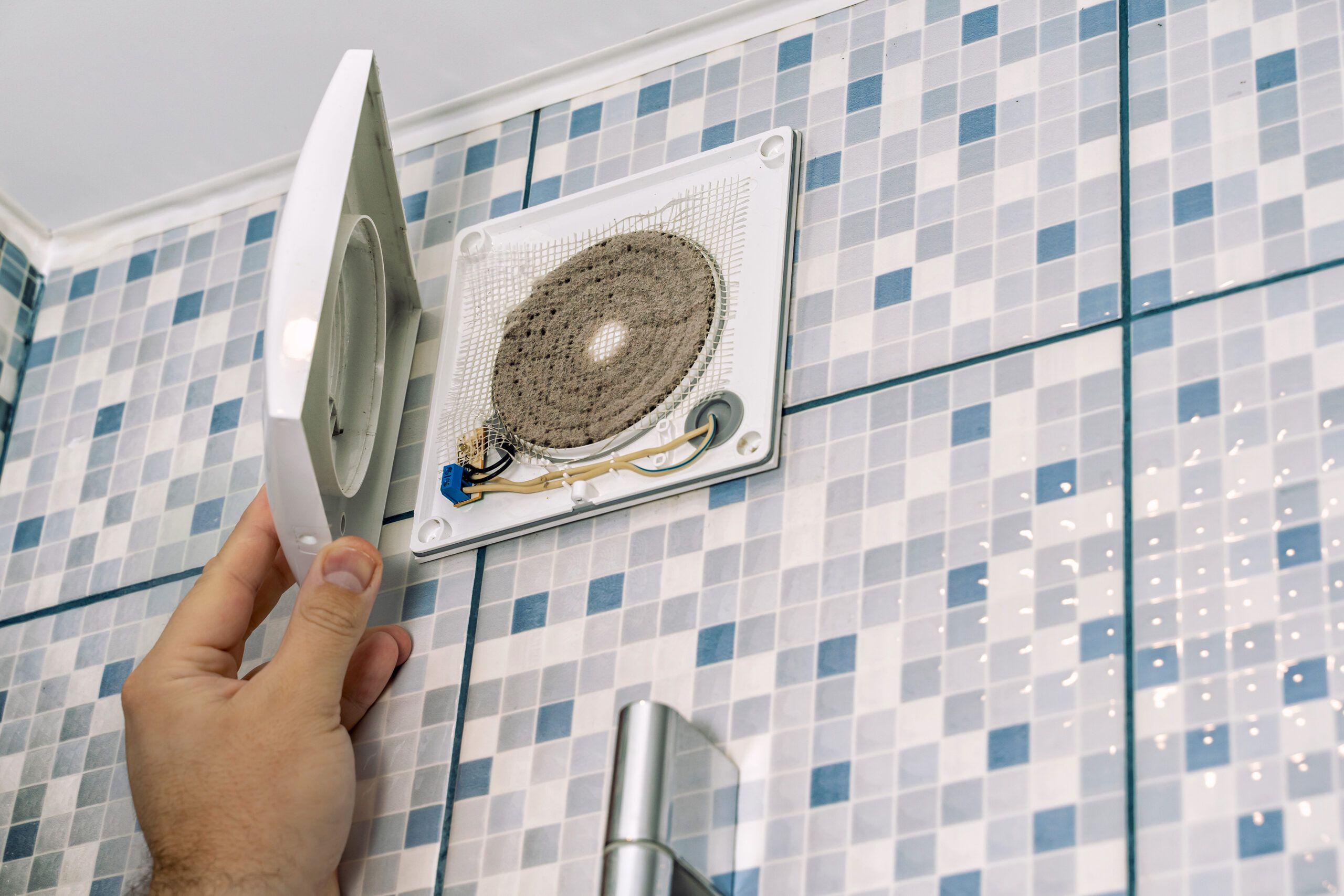
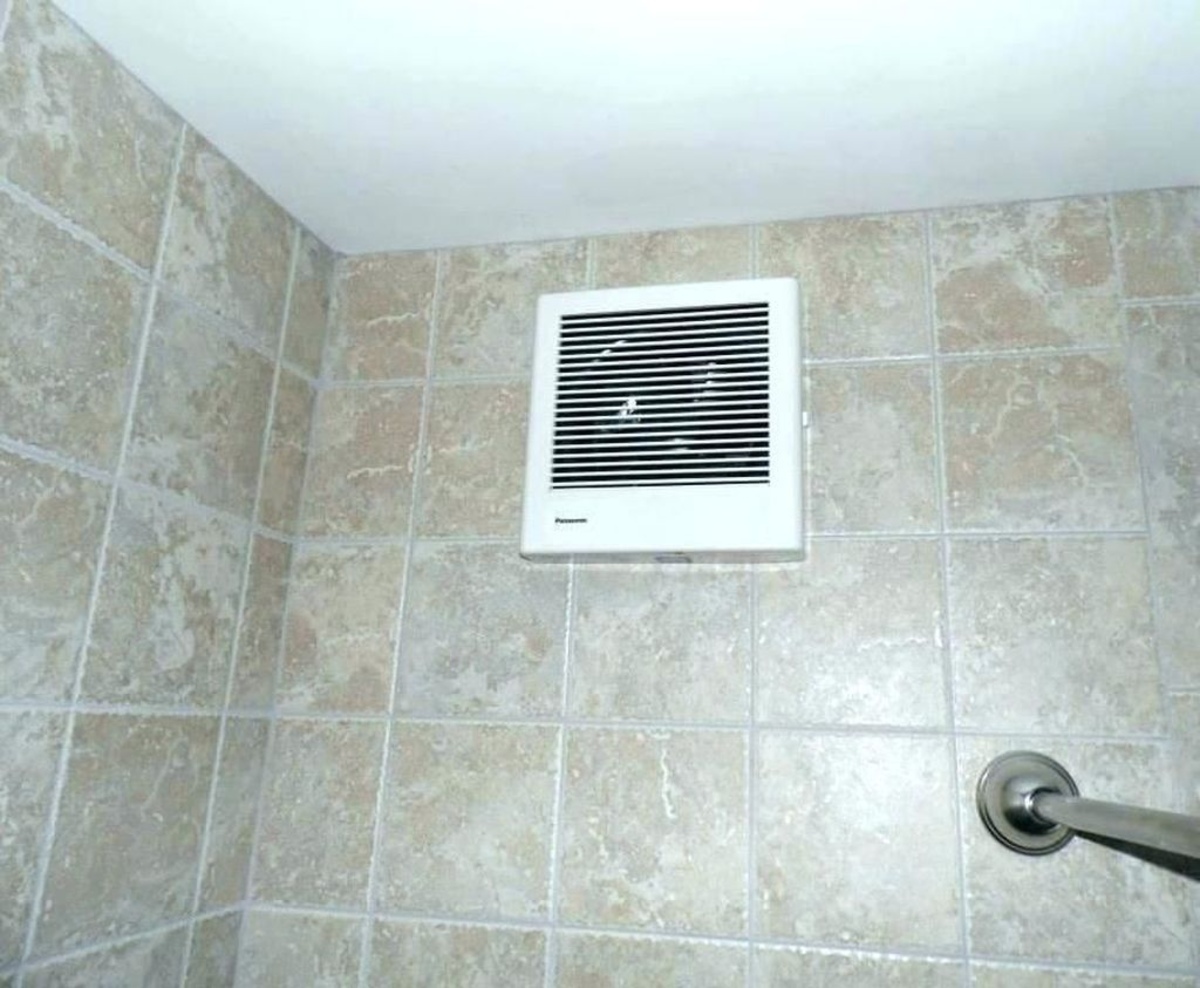
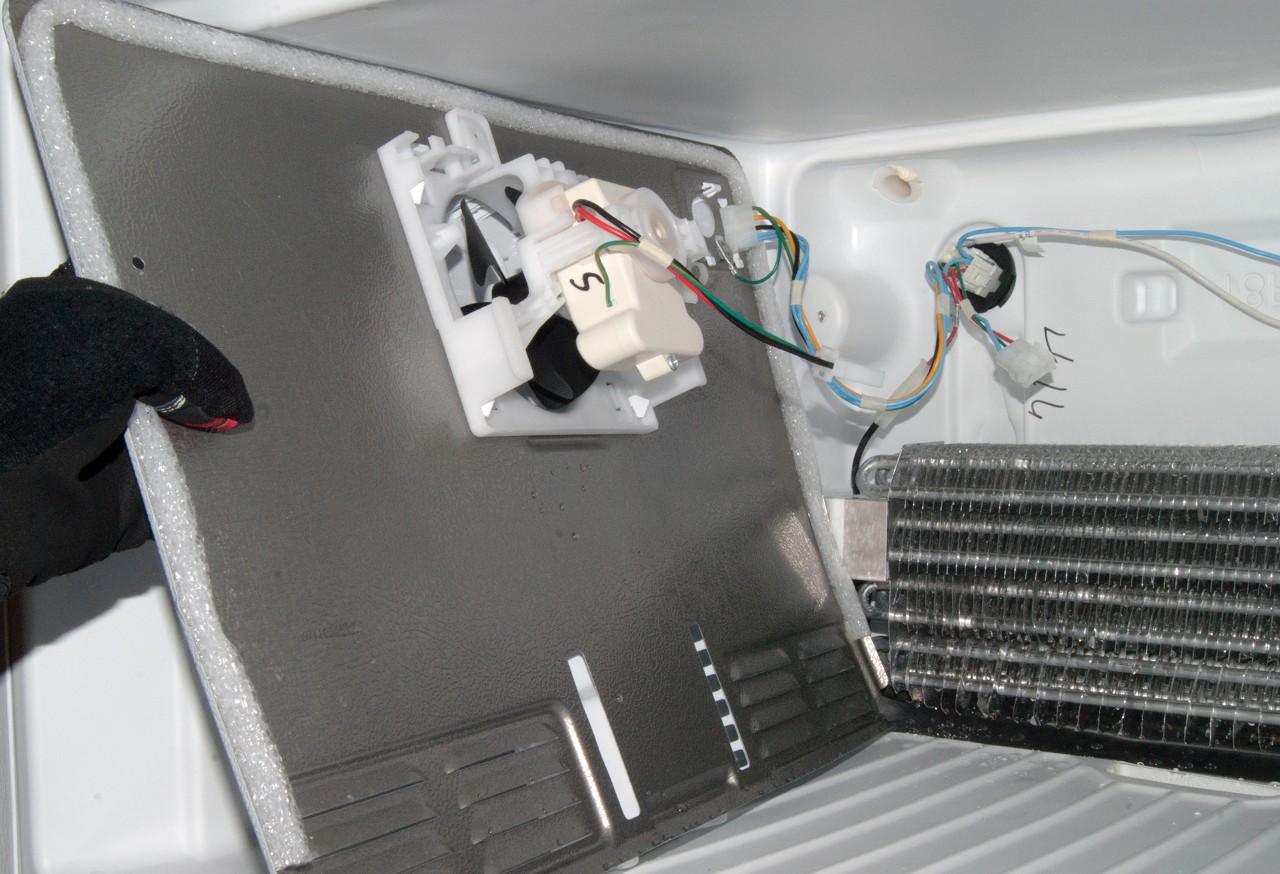
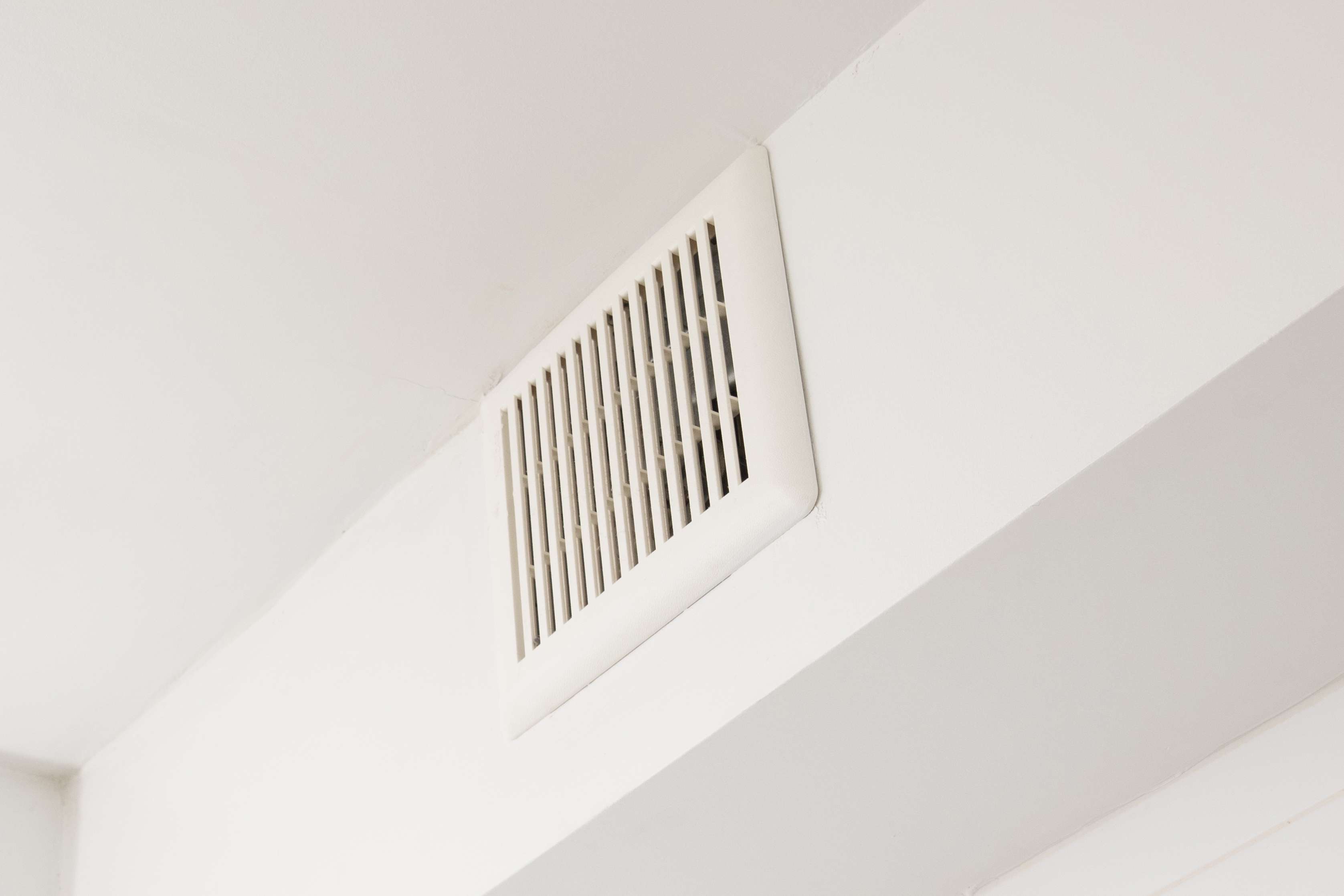
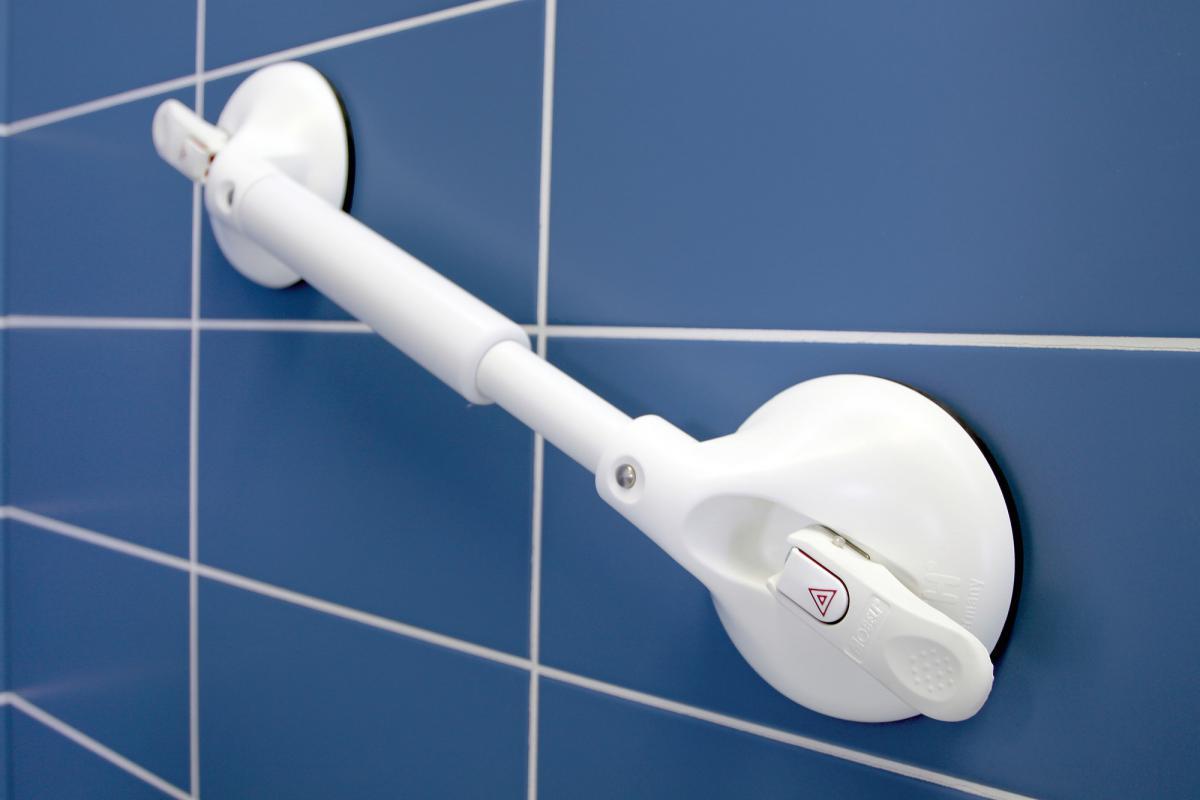
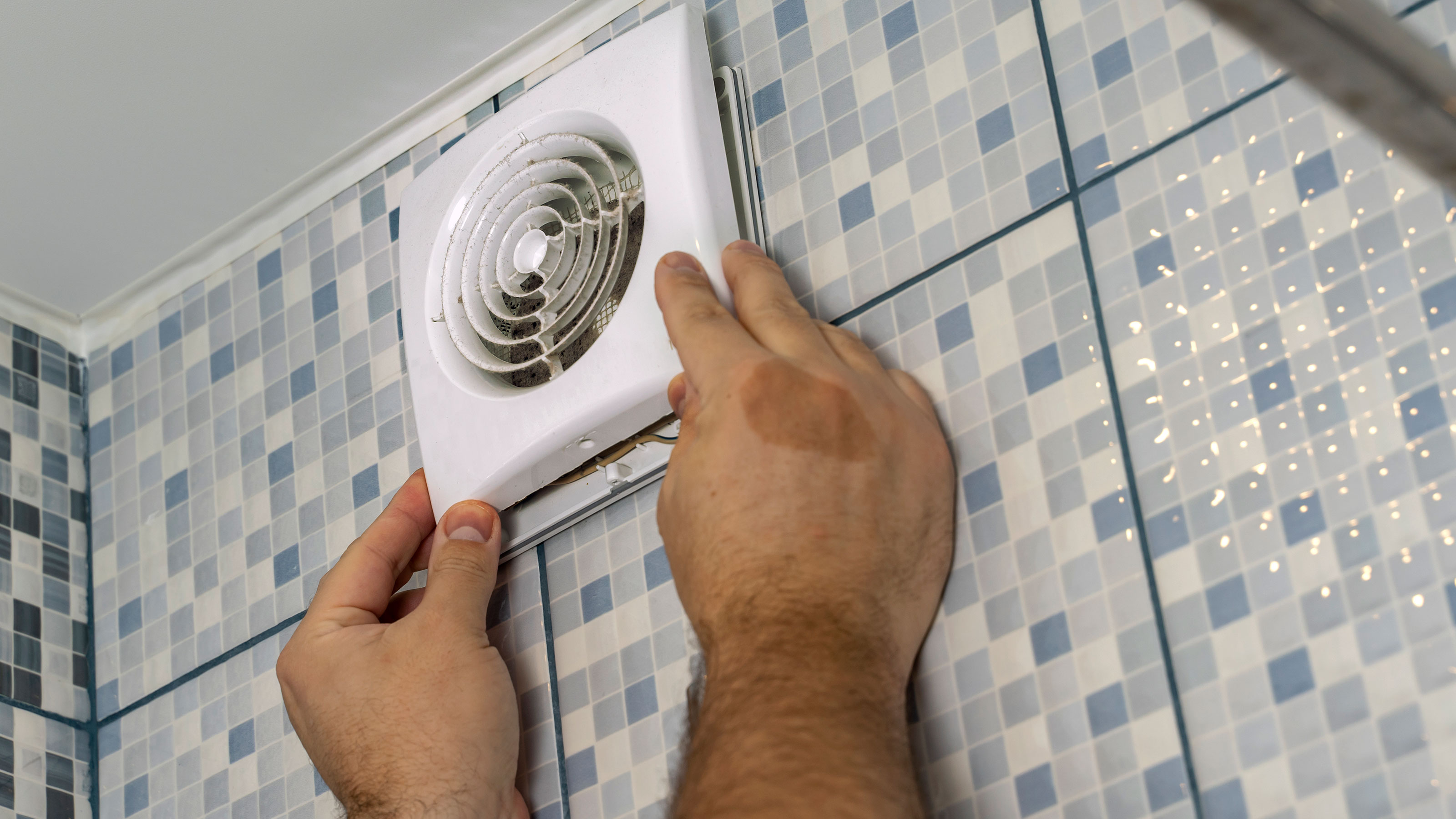
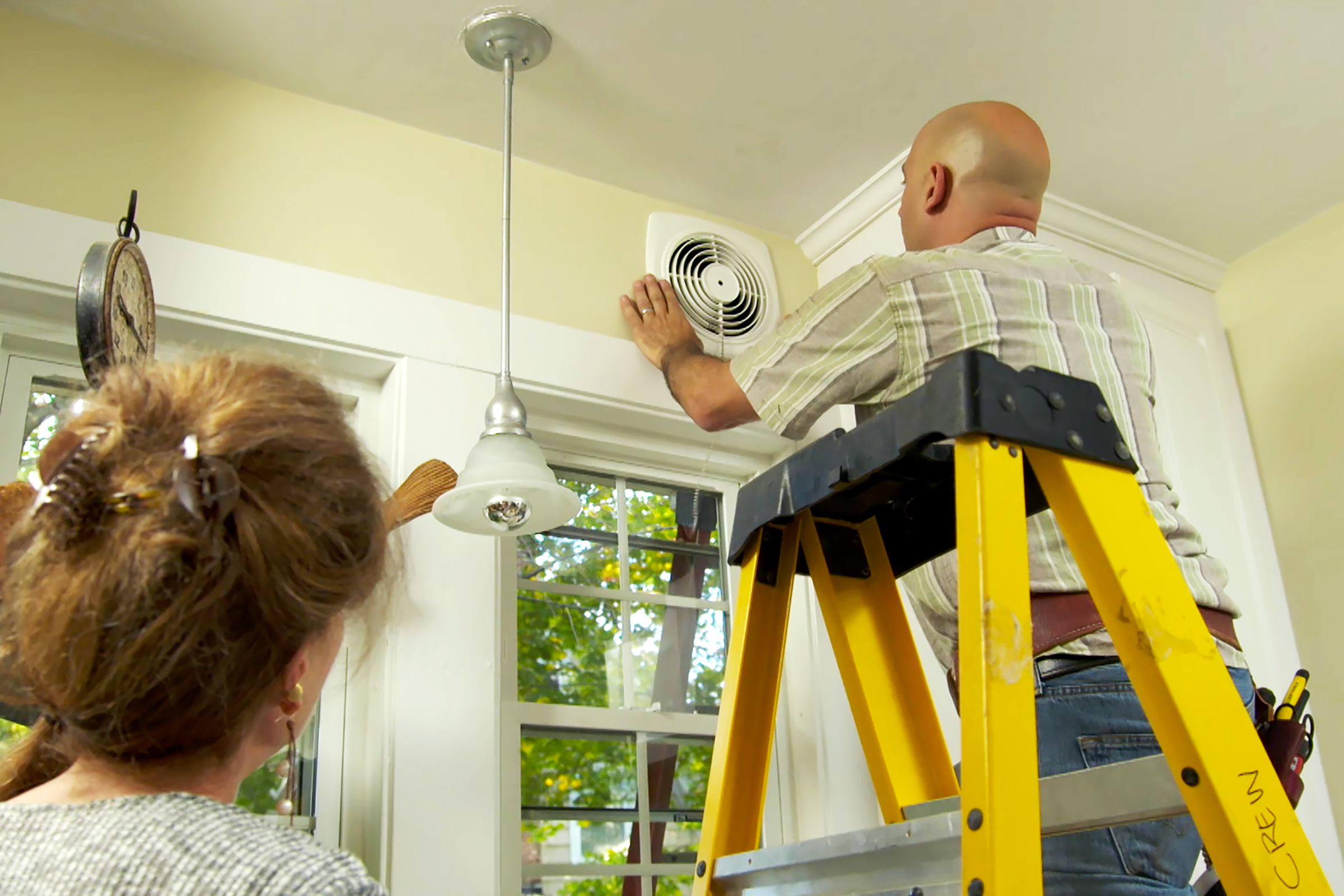
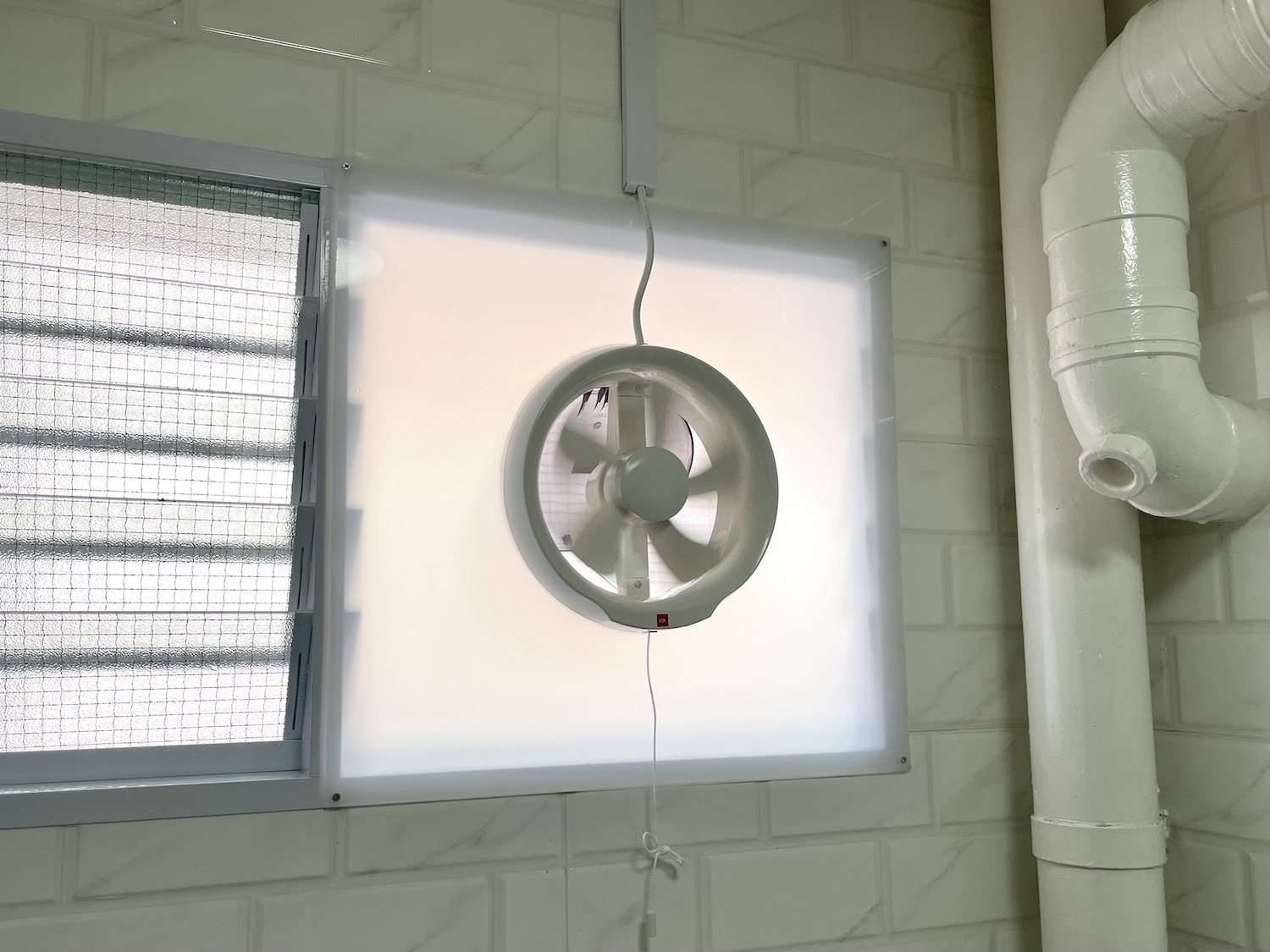
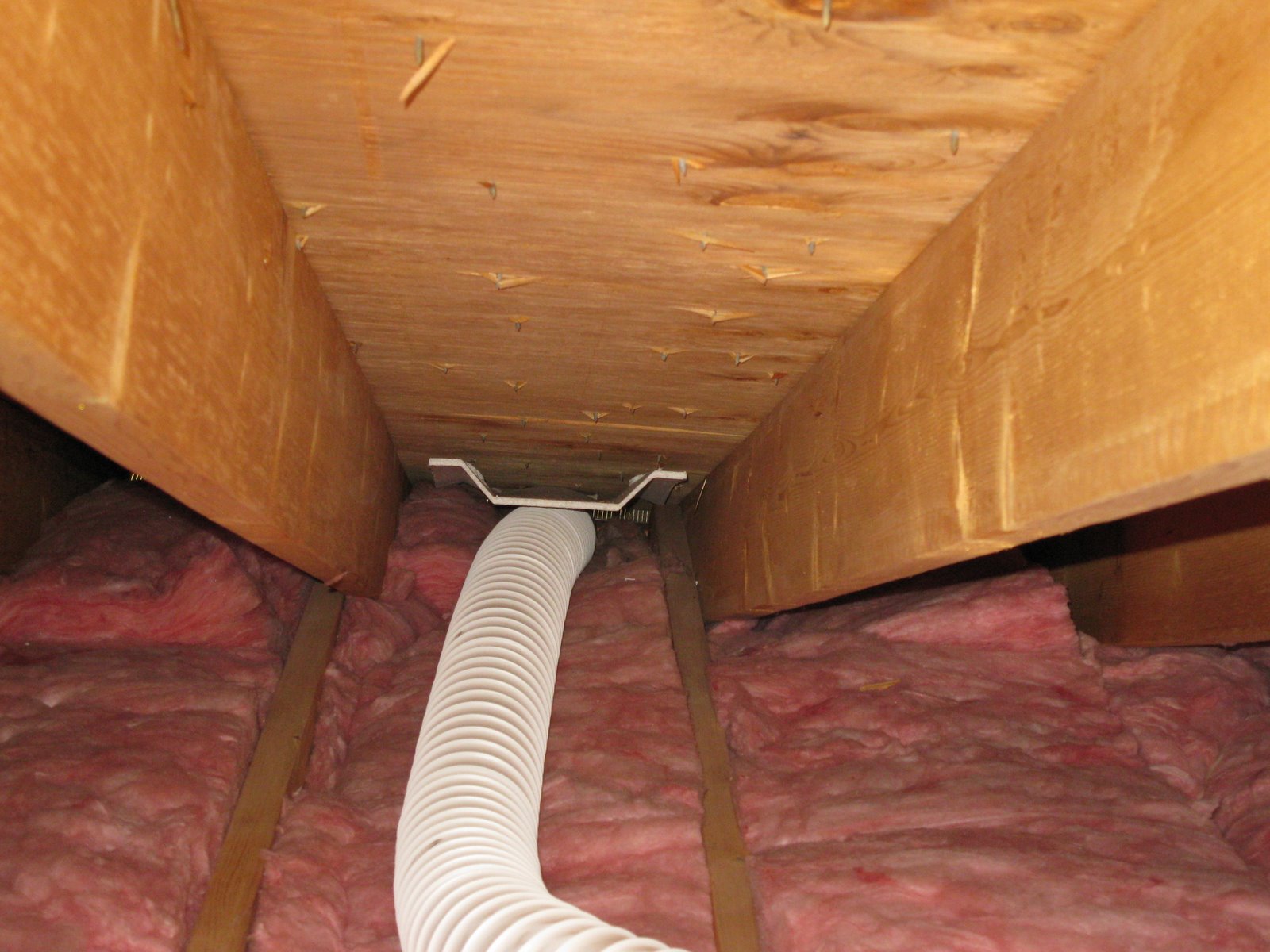
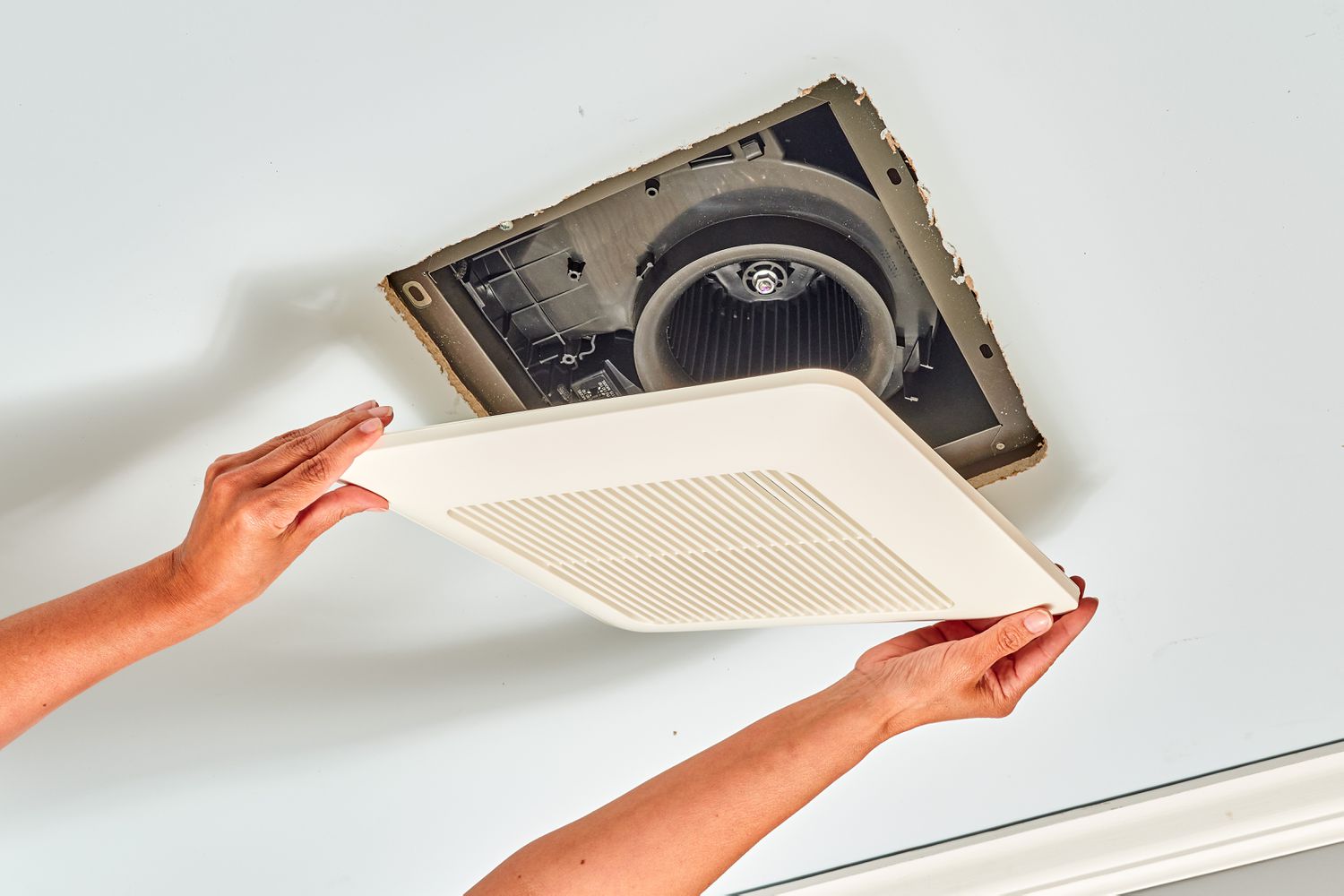

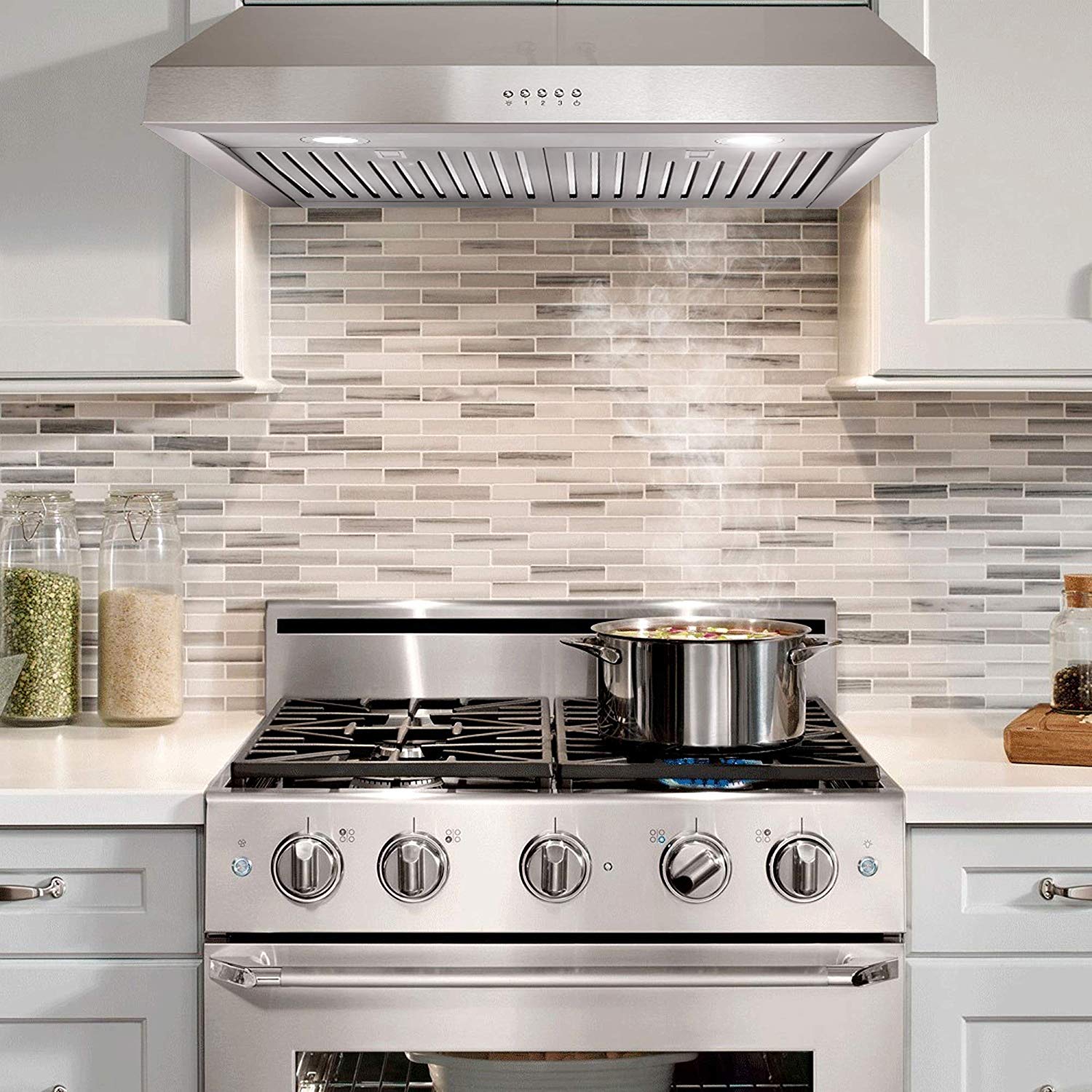

0 thoughts on “Where Should An Exhaust Fan Be Located In The Bathroom”